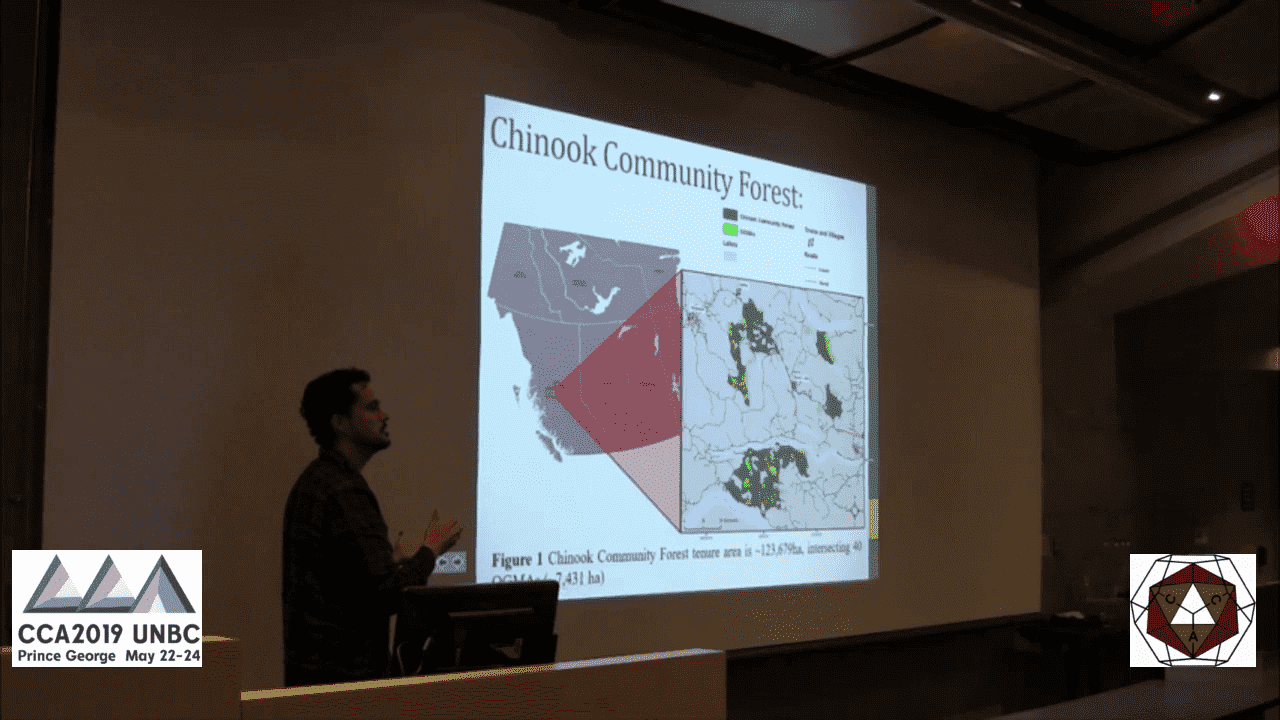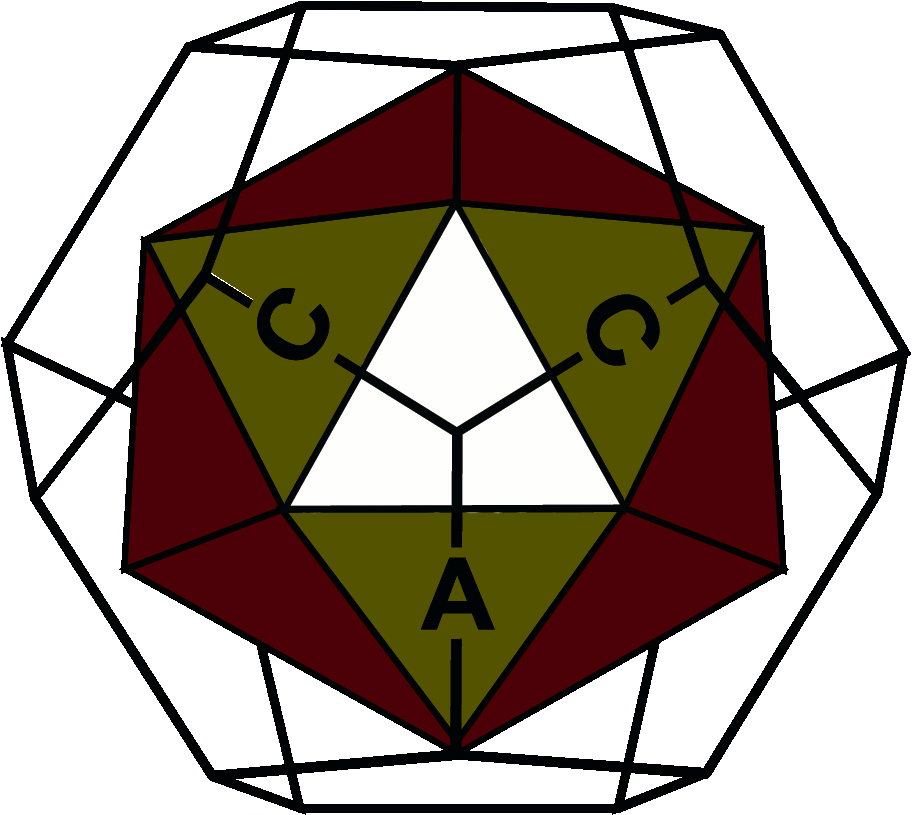Old-growth forests provide a variety of services to human populations such as water, carbon storage and ecotourism. Despite the value of old-growth forests, this resource is constantly under anthropogenic pressure.
Old-growth management areas (OGMAs) are legal restrictions meant to retain old-growth forest attributes in managed landscapes. However, it is uncertain if this strategy has set aside forests with characteristics/attributes expected in old-growth forests. While researchers have attempted to measure and evaluate different forest attributes and succession, the effectiveness of OGMAs in retaining old-growth forests in a managed landscape has rarely been tested.
 In this work, Airborne LiDAR Metrics are applied to estimate attributes of old-growth forests (ex. height, canopy cover, vertical complexity, understory density) and develop an index for old-growth forests. This index can aid in tracking the location and quality of old-growth forest in the landscape based on quantitative and transparent evaluation of forest structure, which solves the problems of multiple definitions of old-growth forest.
In this work, Airborne LiDAR Metrics are applied to estimate attributes of old-growth forests (ex. height, canopy cover, vertical complexity, understory density) and develop an index for old-growth forests. This index can aid in tracking the location and quality of old-growth forest in the landscape based on quantitative and transparent evaluation of forest structure, which solves the problems of multiple definitions of old-growth forest.
This research brings light to OGMAs’ definition and their evaluation through the use of a relatively new technique, LiDAR. More importantly, the identification of the amount and location of old-growth forests over the landscape can aid to the conservation of this rare resource and its services .



